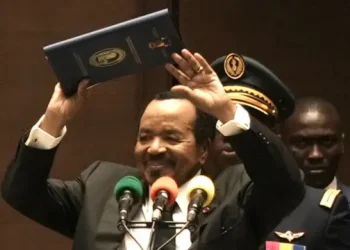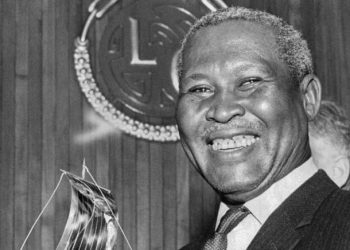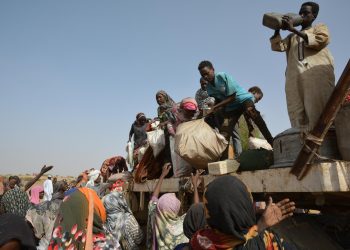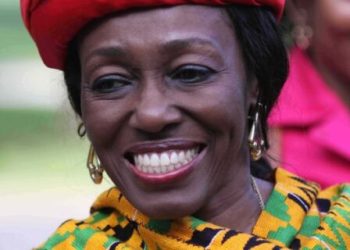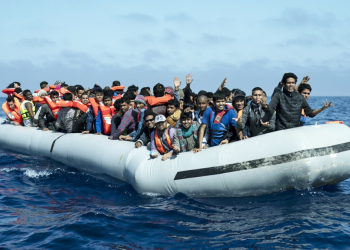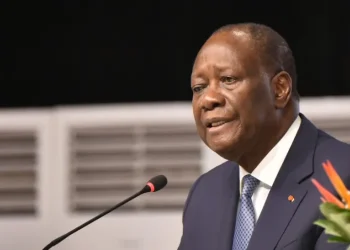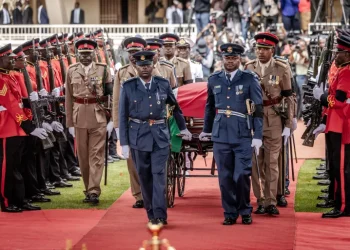Morocco is facing its first fatalities in the ongoing Gen Z protests after police opened fire in Lqliaa, near Agadir, to prevent protesters from storming a police station. This marks a tragic turn in the youth-led unrest that began across the country, driven by anger over the government’s prioritization of building football stadiums for the 2030 FIFA World Cup instead of investing in essential public services like healthcare and education.
The Tragic Incident
On Wednesday, October 1, 2025, Moroccan authorities reported the deaths of two individuals during the protests. The unrest was sparked by growing frustrations among young people, particularly Gen Z, who have been marching in cities like Rabat, Casablanca, and Tangier, demanding better public services. Protests escalated into violence as demonstrators clashed with police, with security forces saying they were forced to open fire in “legitimate self-defence”.
The death toll marks the first fatalities of the protests, further escalating the tensions between the Moroccan government and its younger population.
Political Motivations Behind the Protests
The Gen Z protests in Morocco are largely driven by economic struggles and a lack of faith in the government’s priorities. Protesters, many of whom are unemployed or facing low-wage jobs, have voiced their frustrations over the government’s spending priorities, particularly the decision to allocate funds for World Cup infrastructure rather than improving the nation’s healthcare and education systems.
One protester from Oujda, located near the Algerian border, shared their experience of poor hospital conditions and the desperation felt by citizens who must resort to bribing security guards and medical staff just to receive care. The widespread dissatisfaction with government policies has turned into a broader call for reform.
Reactions and Unrest Across Morocco
Protests have turned violent, with police stations and private vehicles set on fire in cities like Marrakesh. Demonstrators have also clashed with security forces in Rabat, Tangier, and Casablanca, where large crowds gathered to demand change. The protesters have been rallying largely through social media, avoiding a formal leadership structure but instead uniting under the banner of “Gen Z 212” (referring to Morocco’s international dialing code).
The protests have sparked a wave of detentions, with over 400 people arrested across the country. Despite this, organizers have distanced themselves from the violence and maintain that their cause is one of peaceful reform.
The Government’s Response
The Moroccan government, led by the governing coalition, issued a statement expressing its willingness to engage in dialogue with the youth protestors. The government has emphasized its readiness to address their concerns “within institutions and public spaces” and stated its support for “legitimate protests”.
However, the violent turn of the demonstrations has prompted calls for increased security. The protests have intensified due to economic struggles, especially with youth unemployment reaching a staggering 35.8% among young Moroccans. The government’s response will likely play a pivotal role in either quelling the protests or further escalating tensions.
The Gen Z protests in Morocco represent a significant moment in the country’s political landscape, with young people seeking a voice in matters of governance, public services, and economic reform. While the tragic killings underscore the growing tensions, it is clear that the demand for change and accountability from the government will continue to shape Morocco’s future. As the unrest unfolds, it remains to be seen how both the government and protesters will navigate this volatile moment in Morocco’s history.


